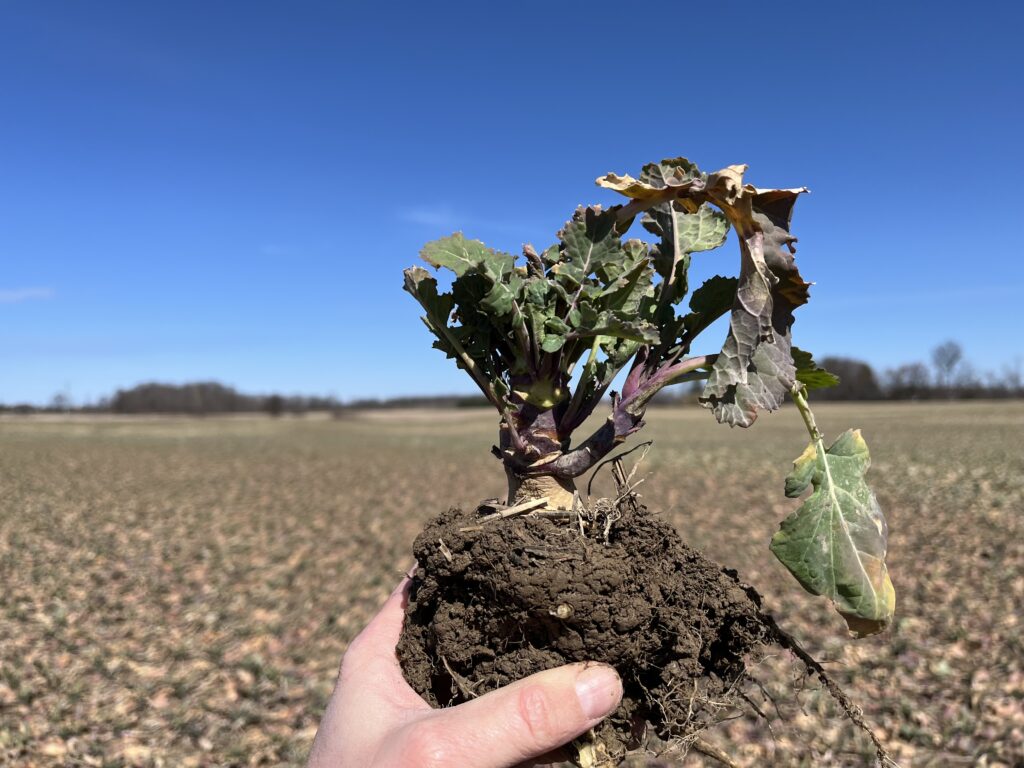Does including wheat in rotation with corn and soybeans increase net returns?

Ontario research has demonstrated that winter wheat in rotation improves corn and soybean yields. But with greater returns on corn and soybean acres, do these yield benefits outweigh revenue reductions from wheat acres? We will answer that question using University of Guelph research to help you make the most profitable crop rotation decisions. The simple […]







